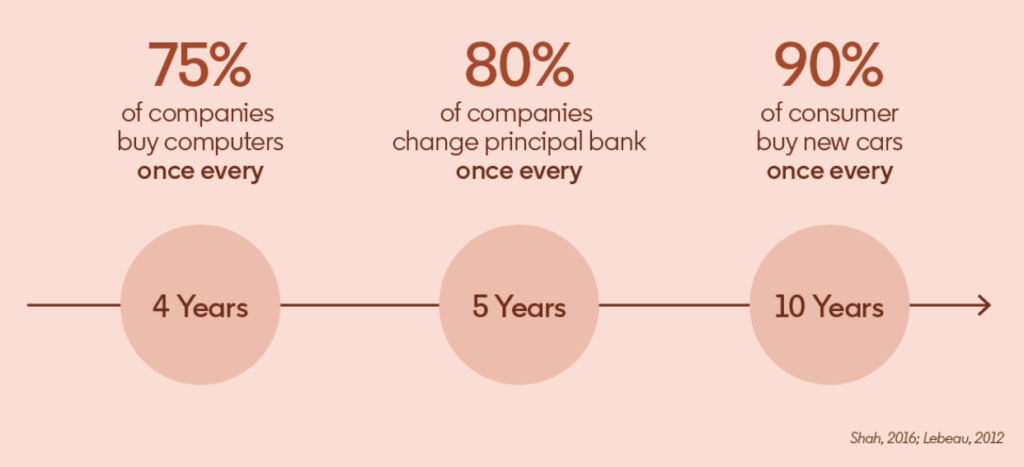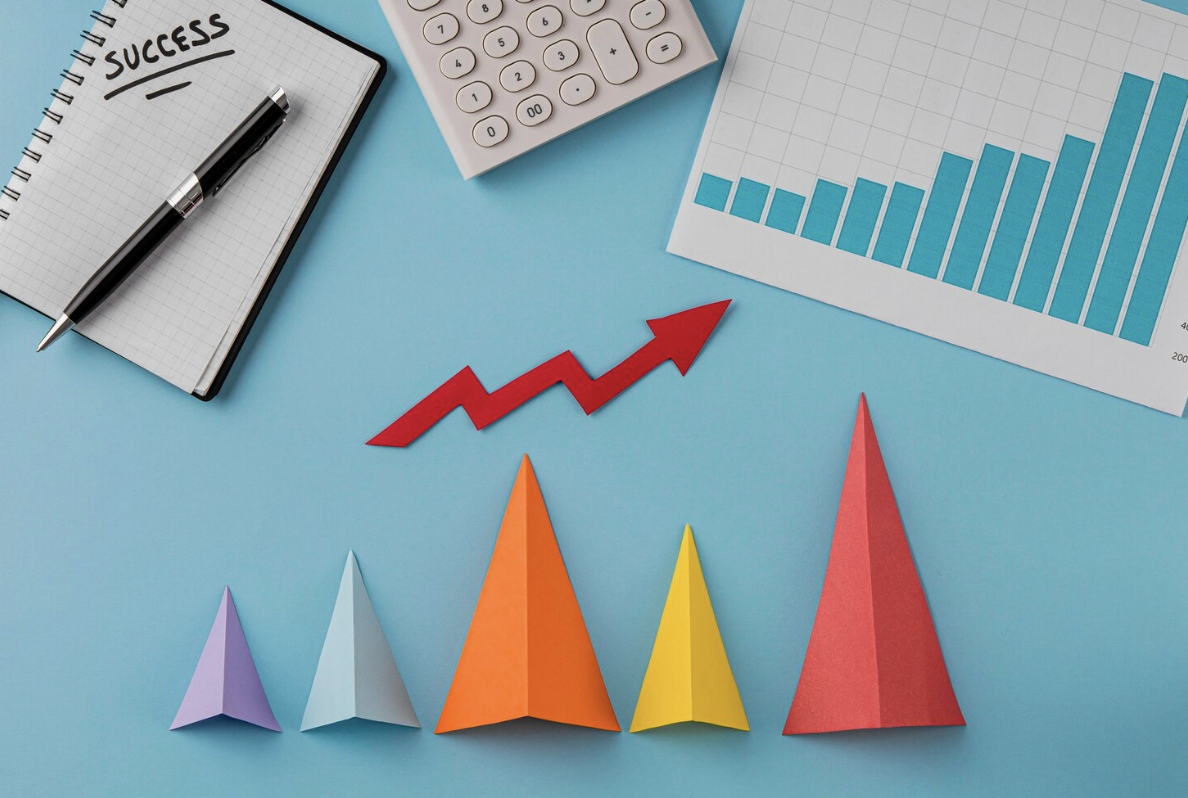When we speak with clients about their brand – whether it’s reviewing the overarching strategy, ensuring the positioning is still relevant or revitalising its look and feel – a question we often hear is: ‘How can I measure the ROI of the brand project?’
ROI – return on investment – is a problematic metric when it comes to marketing in general and to brand in particular. I say that because marketers – myself included – have been using this term incorrectly for years to talk about results in general.
Our campaigns may have increased awareness, generated responses, gained press coverage and even increased sales revenue, but none of these are truly ROI measures.
ROI is always a financial ratio that speaks to the efficiency of an investment by measuring the return relative to the cost incurred. To calculate it, you use the following formula:
ROI = Net Profit – Cost of Investment
Cost of Investment
In a desire for our profession to be taken seriously, we’ve reached for language and metrics that we know hold power in the boardroom. Tom Roach once described this as ‘spray-on credibility’, which I think captures it perfectly.
But in a tough economic climate, when our budgets are being scrutinised and every activity needs to count, we really should use the term correctly and confidently say when it’s not the right metric to reach for.
And in the matter of brand activity, it’s not the right metric.
Why brand is important
It’s worth reminding ourselves of the fundamental principles of marketing that demonstrate why investing in brand building is important.
The 95-5 rule
In almost every category, both B2C and B2B, the majority of people are not actively looking to buy at any given time.
I may put the same items in my grocery basket week after week, but I only refresh the items in my wardrobe periodically, buy a car every five or six years, replace furniture every ten years and go on a bucket list trip once or twice in a lifetime.
We can think of similar scenarios for B2B. Most contracts only come up for renewal every year or so. Big infrastructure projects can take months (if not years!) to implement and optimise. Buying cycles have been getting longer and budgets are often tied to performance.
We all want to reach the customers who are in-market to buy, but it would be negligent to ignore the majority of people who won’t be ready for months or years.

The day-one list
When the time comes to make a purchase, most people will have a shortlist of brands or products that they’ll think of first before seeking out new options. Remember, the most powerful search engine is the one in our minds.
So, how does this shortlist form?
Through previous experience, advertising, word-of-mouth recommendations, news coverage and helpful content we’ve consumed. In other words, brand building activity.
Companies who want to be front of mind need to continuously put their brand in front of all potential customers – not just those currently looking for a solution. This is how brand activity generates a future pool of demand.
Linking your brand to buying cues
Companies need to regularly link their brand to the cues or buying scenarios that move someone from a passive state to active buying mode. These may be internal motivations and emotions or external cues like seasonality or location.
By regularly creating content or experiences that tie your brand to those moments, you’ll enable people to lay down memories of your brand that will pop back up again when they next encounter that cue.
This is most effective when done in both brand activity and sales activation. The brand activity regularly reinforces the link and keeps your brand top of mind, while the tactical activity demonstrates the product in a specific context when people are actively searching for the solution.
Distinctive brand assets
Brands also need to invest in distinctive assets that cannot be mistaken for a competitor. When people see a piece of communication or an experience, you want them to recognise it’s from you.
Distinctive assets are elements like logos, colours, characters, pack designs, taglines, etc. They serve a utilitarian purpose, helping us recognise something familiar when presented with an array of options. And they serve as shortcuts, helping us make decisions about what to buy or engage with.
It’s really important to brand your communications consistently and appropriately because if you don’t, people are likely to associate that activity to the category leader instead of you.

Clarifying the value of brand
On a recent Sleeping Barber podcast, Dale Harrison used a brilliant analogy for this topic by asking this question: what is the ROI of the building that houses a factory?
According to Dale, it’s less than zero.
Not only do you have the initial costs of building the structure, but you have ongoing costs to maintain and upgrade it over the years. In itself, it doesn’t generate revenue for the business.
So why, he asks (somewhat facetiously), don’t we have open-air factories in the middle of a field? Why do we invest in the building if it isn’t directly making us money? It’s because “everything inside the building becomes more efficient and more effective”.
Your tools and equipment will last longer. Your people will be more productive. You can operate on longer cycles because you’re not tied to daylight and weather patterns.
It’s the same with brand investment.
We build and invest in our brand over time because it makes everything else we do more valuable. It ensures that everything that happens inside and around it is both more efficient and effective.
For example:
- Your pool of potential customers will grow and they will start purposefully looking for you rather than finding you accidentally
- As people recognise and trust you, your sales cycles will be shorter and you’ll sell more volume, more efficiently
- Your advertising will be more effective, leading to better metrics across your activity
But perhaps the biggest impact of your brand investment will be on your pricing power.
On a recent On Strategy Showcase podcast, Les Binet made the case that brand advertising can change the price people are willing to pay for a product. We can all think of strong brands that can justify a premium price point, like Apple who charge dramatically more for their smartphones than competitors.
But brand advertising can also make people less sensitive to price increases for mass market brands too – something that’s hugely important in an inflationary environment like the one we’ve been in the past few years.
There’s potential for this to be directly tied to the business’s profitability. As Les pointed out, if you’re able to sell 10% more products without increasing your variable costs for production, ‘all the benefit goes through to the bottom line’.
Measuring the success of a brand project
So what should we be measuring our brand projects on if it isn’t ROI? A mixture of efficiency and effectiveness metrics will give you an indication that your brand investment is paying off.
This can include things like:
- Brand awareness and perception through brand tracking surveys
- Share of Search relative to your competitor set
- Branded search volume over time
- Branded and generic category search traffic
- Conversion rates
- Length of sales cycles
- Incremental sales attributable to marketing
- Customer acquisition costs
- Increased pricing power
The list could go on, but the right metrics are going to be dependent on your business objectives and marketing activities.
I would love it if we could easily measure the ROI of brand advertising – it would make my life a lot easier! But it’s better to be honest about the role that brand plays in a business and define the metrics that make sense for your current scenario.
We can help
Get in touch today to talk about how to build a strong brand that captures demand today and tomorrow.




